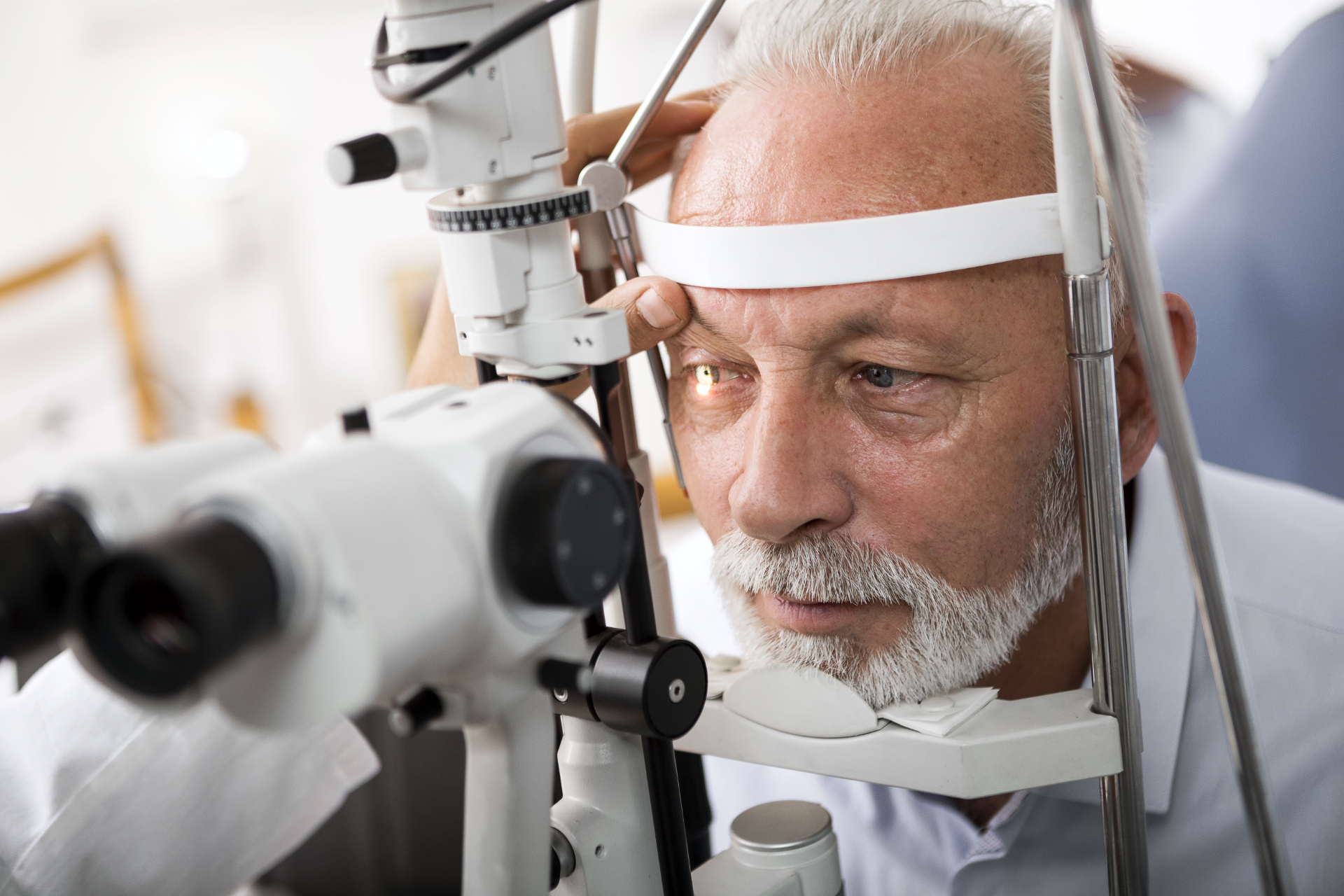
Health News
Features
-
Lending a Helping Paw
Service Dogs Offer More Than You Might Think by MATT NORMAN When you think service dogs, what comes to mind? You probably think of a beautiful lab in a vest and helping the visually impaired. While many service dogs are used for guiding those who are blind, there are a lot more ways service…
-
Caring Canine
Meet Victory Ridge Academy’s Superstar, Dub the Service Dog by TERESA SCHIFFER If there’s one face familiar to all at Victory Ridge Academy, it’s Dub, the dog. Dub, short for Dublin, has been working at the school for children with special needs for the last 10 years. Dub is a Labrador retriever who has been…
-
Riding for Therapy
Equine-Assisted Activities Offer Heartfelt Help for Vets, Children with Special Needs by Mary Toothman At TiAnViCa Riding Academy, more than a dozen horses are on hand to allow people to ride — and heal. Sara Meadows, executive director and co-founder of TiAnViCa Riding Academy, says horseback riding for people with special needs has been offered…
Columns
-
Why Examine a 20/20 Eye?
by THOMAS HEGLAND, O.D. I have friends and strangers state, “I have perfect 20/20 vision without glasses or contacts, why do I need a regular eye exam?” Our exams can discover other issues besides the condition of your vision. Beginning, from front to back, with the eyelids. Florida sunshine can have a very detrimental effect…
-
April Is Sports Eye Safety Month – Protect Your Vision on the Field & Court
by the Eye Specialists of Mid-Florida Eye Care Team Did you know that 30,000 people are treated for sports-related eye injuries each year? According to the American Academy of Ophthalmology, these injuries are becoming more common, making eye protection more important than ever. Which Sports Cause the Most Eye Injuries?While many sports pose a risk,…
-
Medical Management and Treatment of Carotid Stenosis
Let’s talk about medical management of carotid stenosis. Risk factors for carotid artery stenosis are advanced age, hypertension, diabetes mellitus, high cholesterol levels, obesity, lack of exercise, smoking, and family history of strokes. Most of these factors can be managed by medications and lifestyle changes that include active exercise for 30 minutes or so on…





